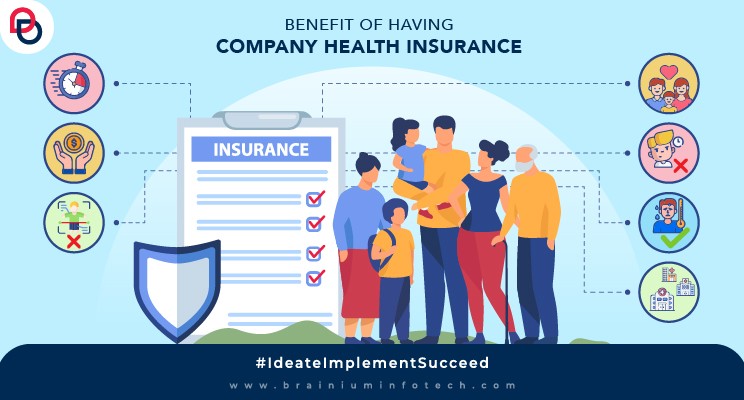Our Medicare Advantage Agent PDFs
Table of ContentsHow Medicare Advantage Agent can Save You Time, Stress, and Money.Excitement About Medicare Advantage AgentMedicare Advantage Agent for Dummies


follows from adheres to the perplexing young reasonably profile of account uninsured with without insurance better healthFar better wellness average, standard younger personsMore youthful For those without accessibility to office wellness insurance, poor health and wellness is a prospective obstacle to purchasing nongroup coverage since such protection might be very valued, exclude pre-existing conditions, or be merely not available. Unless or else noted, national estimates of people without wellness insurance and percentages of the populace with different kinds of coverage are based on the CPS, the most widely used resource of quotes of insurance coverage and uninsurance prices.

Getting The Medicare Advantage Agent To Work
Over a three-year period starting early in 1993, 72 million people, 29 percent of the U.S. populace, were without coverage for at the very least one month. Within a single year(1994), 53 million people experienced a minimum of a month without insurance coverage(Bennefield, 1998a). Six out of every 10 uninsured grownups are themselves employed. Although working does boost the chance that a person and one's member of the family will have insurance coverage, it is not a guarantee. Even members of family members with two permanent breadwinner have virtually a one-in-ten chance of being without insurance (9.1 percent without insurance rate)(Hoffman and Pohl, 2000 ). The partnership between wellness insurance policy and access to care is well developed, as documented later in this phase. The partnership between health insurance and wellness results is neither straight neither simple, a substantial clinical and health services study literature links health insurance coverage
to improved enhanced accessibility care, better quality, and improved personal and population populace status. The 2nd record, on personal health and wellness results for uninsured adults, is stood for by the inner circle of the number, while the third record, on family members health, includes the subjects of the second report but stresses a various device of analysis, particularly, the family. The sixth report in the collection will certainly offer details regarding strategies and campaigns undertaken locally, statewide, or country wide to deal with the absence of insurance coverage and its damaging impacts. Levels of analysis for taking a look at the results of uninsurance. This conversation of medical insurance coverage concentrates largely on the united state populace under age 65 since virtually all Americans 65 and older have Medicare or various other public insurance coverage.
It concentrates especially on those without any kind of health insurance coverage for any kind of length of time. The troubles dealt with by the underinsured are in some aspects similar to those faced by the without insurance, although they are usually much less serious. Uninsurance and underinsurance, nonetheless, involve noticeably different plan issues, and the strategies for addressing them might differ. Throughout this research and the five records to adhere to, the major emphasis gets on persons with no medical insurance and therefore no support in spending for health and wellness treatment past what is offered with charity and safeguard organizations. Health insurance is an effective variable impacting receipt of care due to the fact that both patients and physicians reply to the out-of-pocket cost of solutions. Health insurance policy, nonetheless, is neither required neither adequate to access to medical services. Nevertheless, the independent and straight result of wellness
insurance coverage on accessibility to health services is well developed. Others will certainly obtain the healthcare they require even without health and wellness insurance policy, by spending for it expense or seeking it from companies who supply care cost-free or at extremely subsidized rates. For still others, medical insurance alone does not make sure receipt of treatment as a result of other nonfinancial obstacles, such as a lack of health and wellness This Site care service providers in their community, limited access to transportation, illiteracy, or linguistic and cultural differences. Formal research study concerning without insurance populations in the USA dates to the late 1920s and early 1930s when the Committee on the Expense of Treatment produced a series of reports concerning financing medical professional office brows through and hospitalizations. This issue came to be prominent as the numbers of clinically indigent climbed up throughout the Great Clinical depression. Empirical research studies constantly support the link between accessibility to care and enhanced health end results(Bindman et al., 1995; Starfield, 1995 ). Having a routine source of treatment can be taken into consideration a forecaster of accessibility, rather than a direct procedure of it, when wellness end results are themselves made use of as accessibility indicators. This extension of the notion of gain access to measurement was made by the IOM Committee on Keeping An Eye On Accessibility to Personal Wellness Treatment Provider(Millman, 1993, p. Whether moms and dads are guaranteed shows up to influence whether their kids get treatment in addition to just how much careeven if the kids themselves have protection(Hanson, 1998). The health and wellness of parents can impact their ability to take care of their children and the degree of family members stress and anxiety. Bothering with their kids's accessibility to care is itself a source of tension for parents. go to my site 3 phases comply with in this report. Phase 2 supplies an introduction of exactly how employment-based health insurance, public programs and specific insurance policy policies run and engage to offer comprehensive yet insufficient protection of the united state populace. This includes a testimonial of historical trends and public plans impacting both public and private insurance policy, a conversation of the interactions among the various kinds of insurance policy, and an exam of why individuals move from one program to one more or wind up
